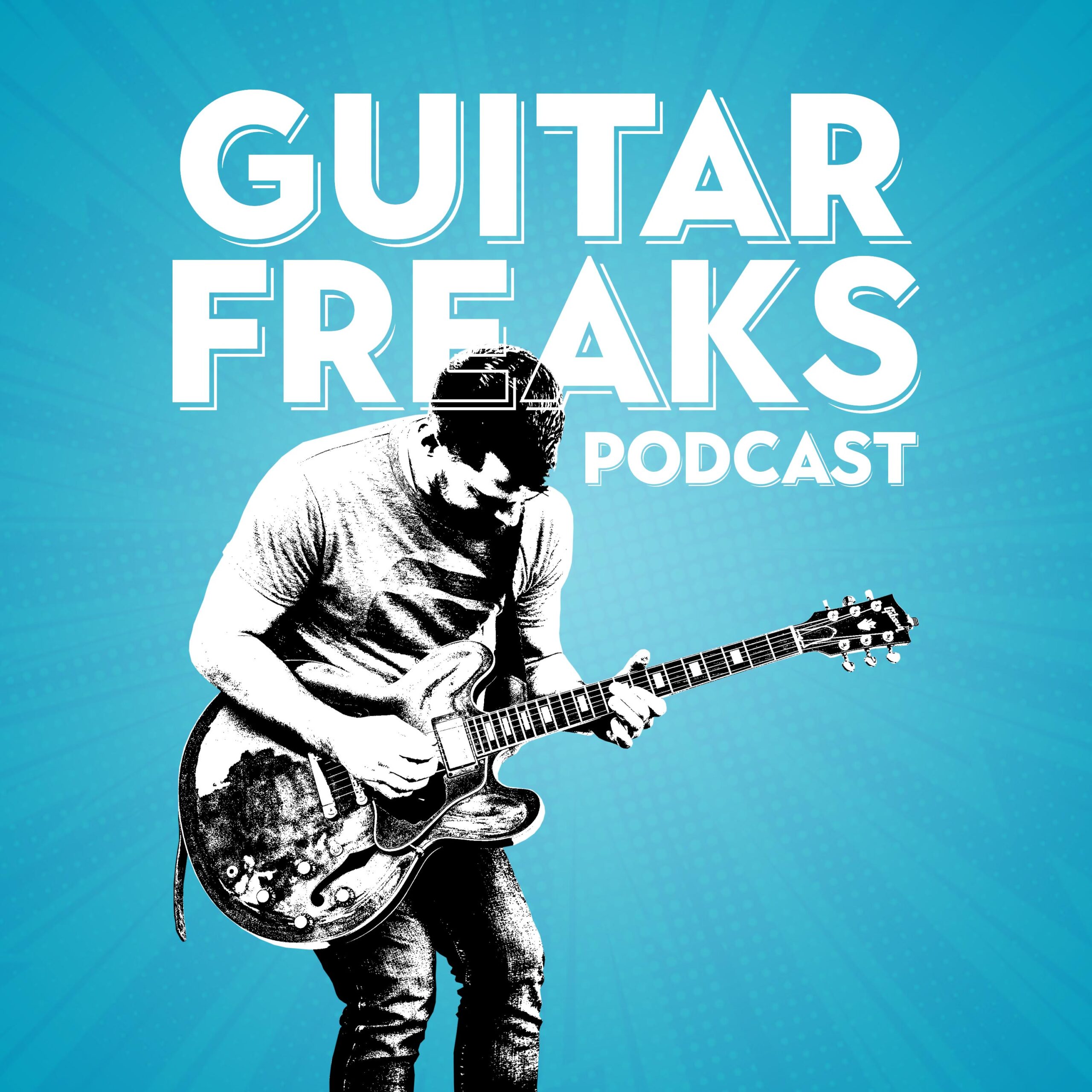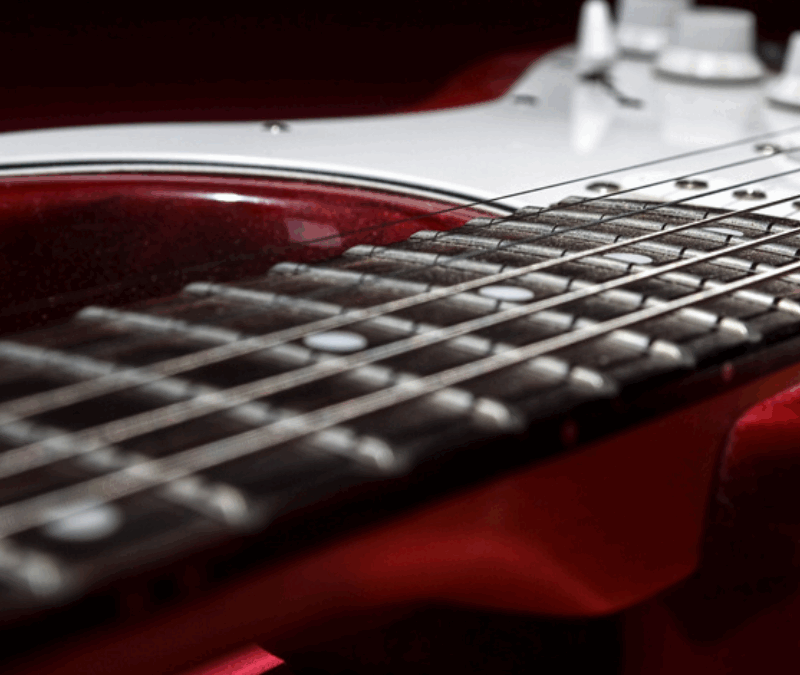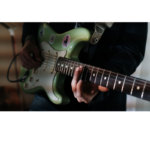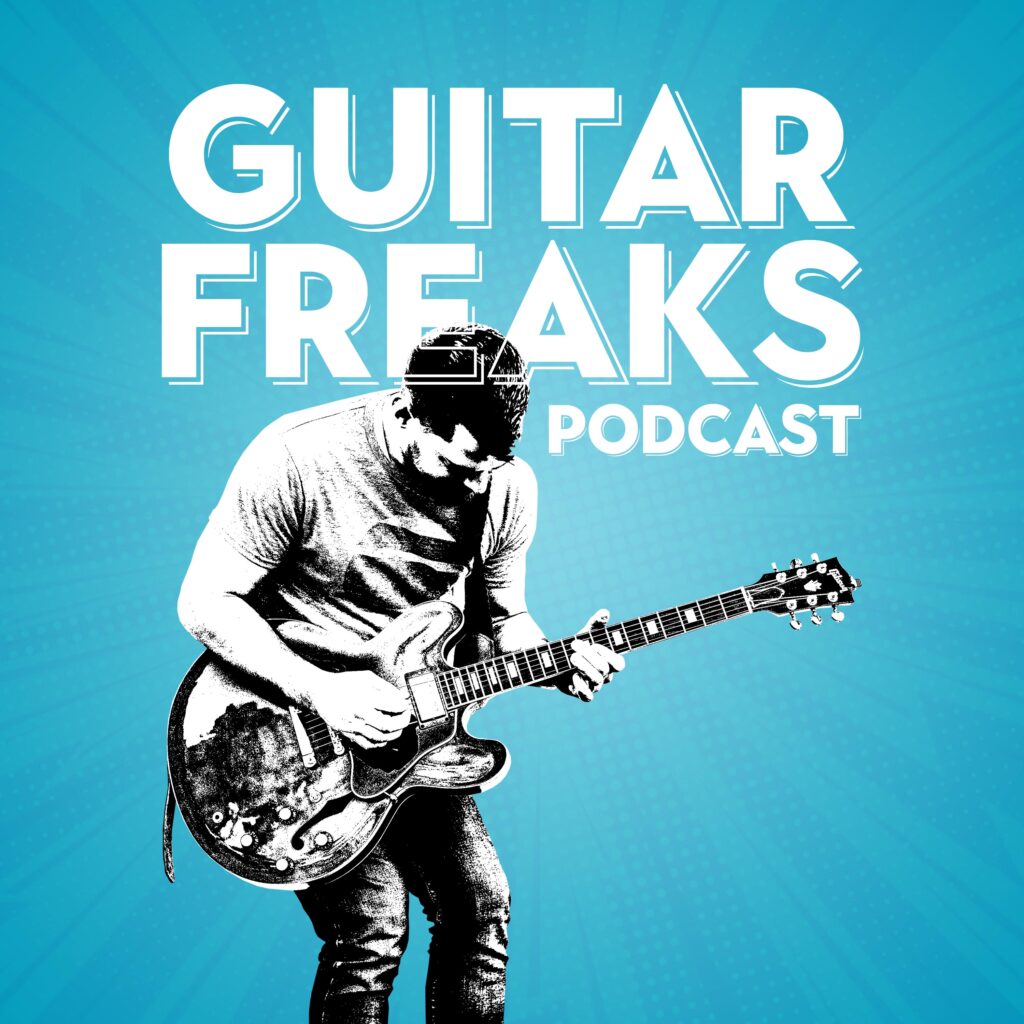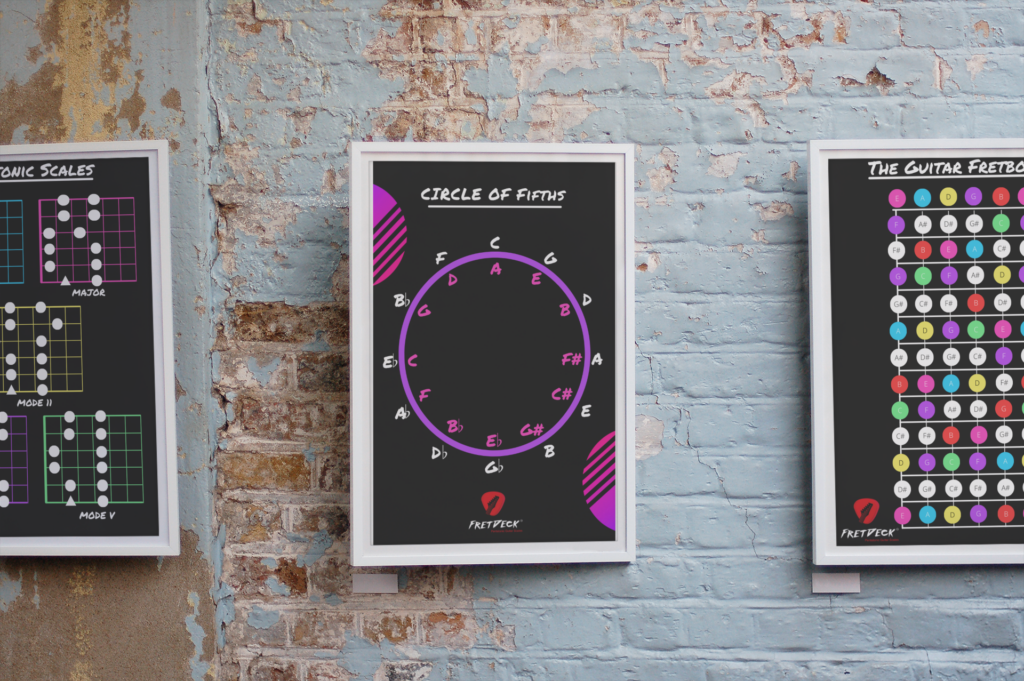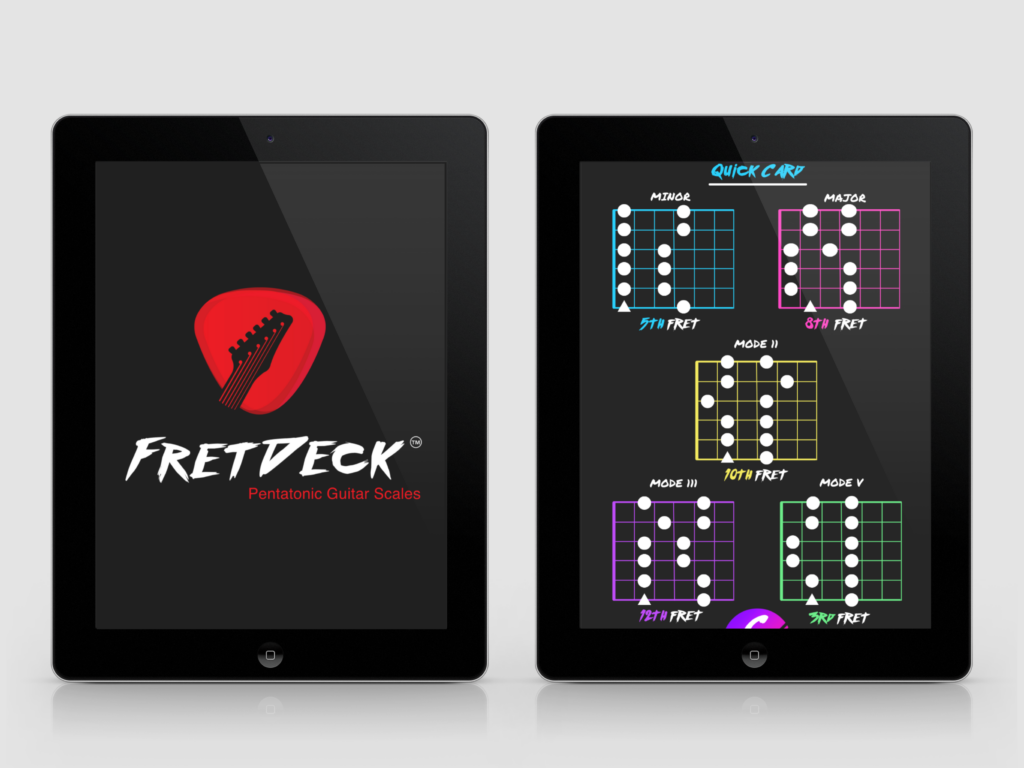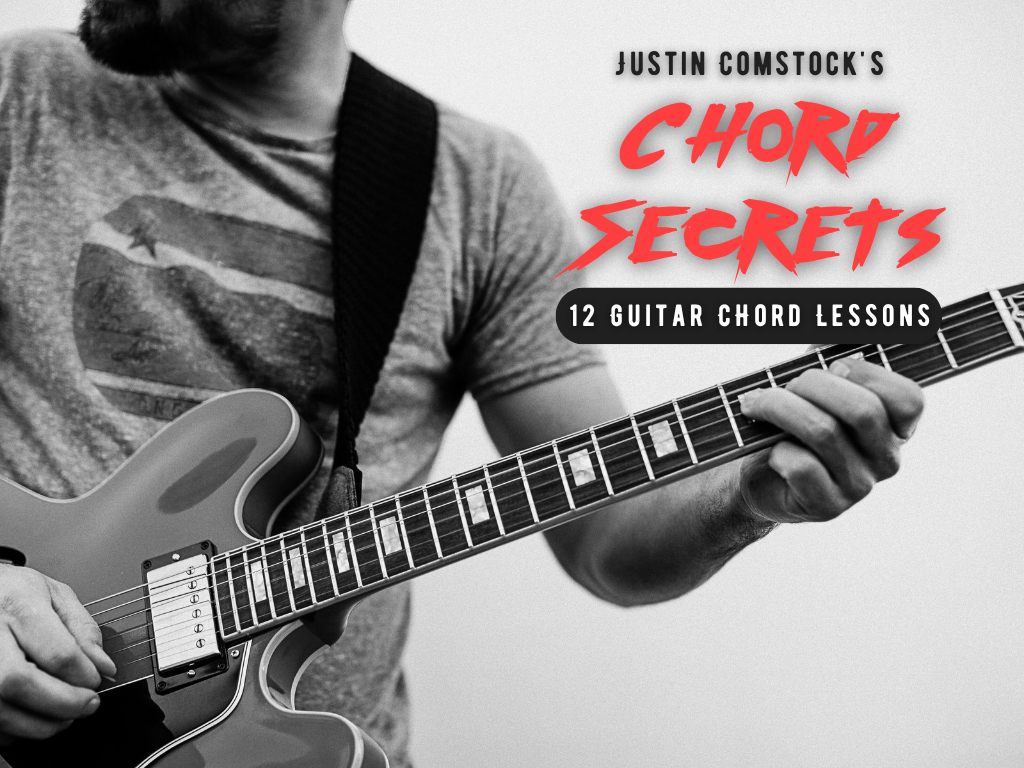Let’s make this simple.
There are 12 notes in music.
There are major chords and minor chords.
And if you learn just 7 major guitar chords really well… you can unlock thousands of songs, build real progressions, and actually sound like a musician.
This post isn’t just a list of chords.
It’s a roadmap.
A rhythm guitar handbook.
A creative jumpstart.
A way to start making real music with just 7 shapes.
🎸 Why Start With Major Chords?
Because major chords are the home base of so many popular songs. They’re bold. Full. Bright. They give structure to pop, rock, folk, country, and even blues.
They’re also the starting point for:
- Building progressions
- Finding key centers
- Connecting to scales
- Writing your own songs
Learning the 7 major guitar chords is like learning your first 7 words in a new language—and suddenly being able to say full sentences.
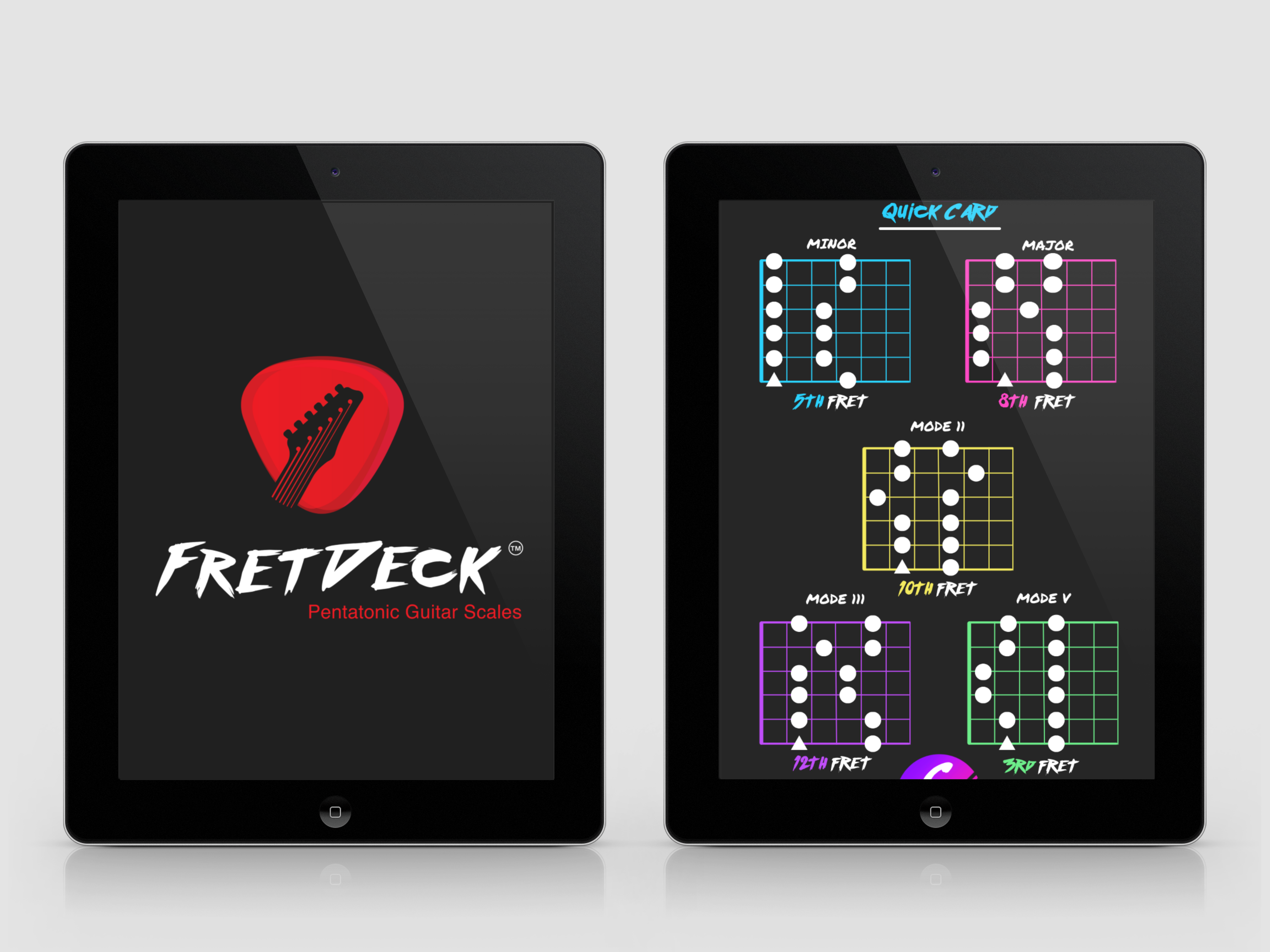
Download The FretDeck & Pentatonic Secrets Course!
Download Our Course
🧠 What Are the 7 Major Guitar Chords?
Here they are:
- C Major
- D Major
- E Major
- F Major
- G Major
- A Major
- B Major
Some of these are easy (C, G, A), while others are harder (B, F — we’re looking at you). But each one unlocks a different section of the fretboard and a different sonic color.
Let’s go through each one and give you the voicing, the context, and a way to actually use it musically.
1️⃣ C Major
The campfire king.
e|--0--
B|--1--
G|--0--
D|--2--
A|--3--
E|--x--
Why it matters:
C Major is home base in the key of C. It’s used in countless progressions (think “Let It Be,” “No Woman No Cry”).
Try this progression:
C – G – Am – F
🎯 That’s the I–V–vi–IV progression—the gold standard of pop music.
2️⃣ D Major
Bright, punchy, and perfect for open string ringing.
e|--2--
B|--3--
G|--2--
D|--0--
A|--x--
E|--x--
Why it matters:
It lives higher up in the frequency range and is super common in acoustic songs.
Try this progression:
D – G – A – D
📦 Classic folk turnaround. Add a little hammer-on in the B string and you’ve got “Sweet Home Alabama” vibes.
3️⃣ E Major
Rich, open, and powerful.
e|--0--
B|--0--
G|--1--
D|--2--
A|--2--
E|--0--
Why it matters:
It’s the root chord of most blues and rock songs. Also makes barre chords easier to understand.
Try this progression:
E – A – B
🔥 This is your I–IV–V in E. Play it with some 7th chords and you’re in blues territory.
4️⃣ F Major
Ah yes, the first “barre chord wall” most players hit.
e|--1--
B|--1--
G|--2--
D|--3--
A|--3--
E|--1--
Why it matters:
Once you get F down, you unlock movable shapes—chords that can travel up the neck.
Try this:
Slide it up to the 3rd fret = G Major
Slide to 5th = A Major
📚 Barre chords = chord freedom. Don’t fear them. Master them.
5️⃣ G Major
Fat and full. A chord that feels like home.
e|--3--
B|--3--
G|--0--
D|--0--
A|--2--
E|--3--
Why it matters:
G Major is in nearly every folk song ever written.
Try this progression:
G – C – D – G
Classic. Sing over it. Strum it. Feel the resonance.
6️⃣ A Major
Sits in the middle range. Great for funk, rock, and songwriting.
e|--0--
B|--2--
G|--2--
D|--2--
A|--0--
E|--x--
Why it matters:
You can strum it, pick it, or turn it into funk rhythms.
Try this progression:
A – D – E – A
Now play it with a shuffle feel. Boom—Texas blues.
7️⃣ B Major
Challenging, but crucial.
e|--2--
B|--4--
G|--4--
D|--4--
A|--2--
E|--x--
Why it matters:
You’ll use it in keys like E, B, and F#. And once you get this one down, you unlock all other barre-based major chords.
🎯 Tip: Think of it as an A shape moved up to the 2nd fret.
🚀 Connecting These Chords
Here’s where the magic happens.
Take those 7 major guitar chords, and learn how they’re used in actual progressions across different keys.
Try this progression in C:
C – G – Am – F
Now transpose it to D: D – A – Bm – G
Or to G: G – D – Em – C
This is the beauty of functional harmony. It repeats. It flows. And once you know the I–IV–V in every key, the fretboard becomes familiar.
🧭 Unlocking the Neck with FretDeck
FretDeck isn’t just for scales—it helps you see chords across the neck, too.
Use it to:
- Visualize root notes in every position
- Connect chords to scales
- Practice movable major shapes
- Build progressions using Circle of 4ths logic
It’s tactile. Portable. Visual.
And it’s one of the fastest ways to build real fretboard fluency.
🎯 Grab the Pentatonic Edition of FretDeck and start linking chords + scales today.

Download The FretDeck & Pentatonic Secrets Course!
Download Our Course
🎧 Practice Prompts
Here are a few daily prompts to master these chords:
- Play all 7 major chords, one per day.
- Create one chord progression using three of them.
- Record yourself playing it and post it in the Discord.
- Find a song that uses only major chords. Learn it.
- Play each chord using a metronome: 2 bars each.
- Switch between barre and open versions.
💬 Inside the Guitar Freaks Community
In the Guitar Freaks Hangout, players at every level are exploring these 7 major chords in new ways. Some are just getting comfortable with barre chords, while others are using these shapes to build full progressions and write original songs.
You’ll find:
- Players posting daily progress videos on C–F–G transitions
- Members sharing creative ways to use B major without killing their hand
- Weekly challenges focused on playing in one key using only major chords
- Encouragement from a community that’s serious about growth—but chill about the journey
It’s not about being perfect.
It’s about practicing with people who get it.
🎸 Come jam with us in the Guitar Freaks Hangout →
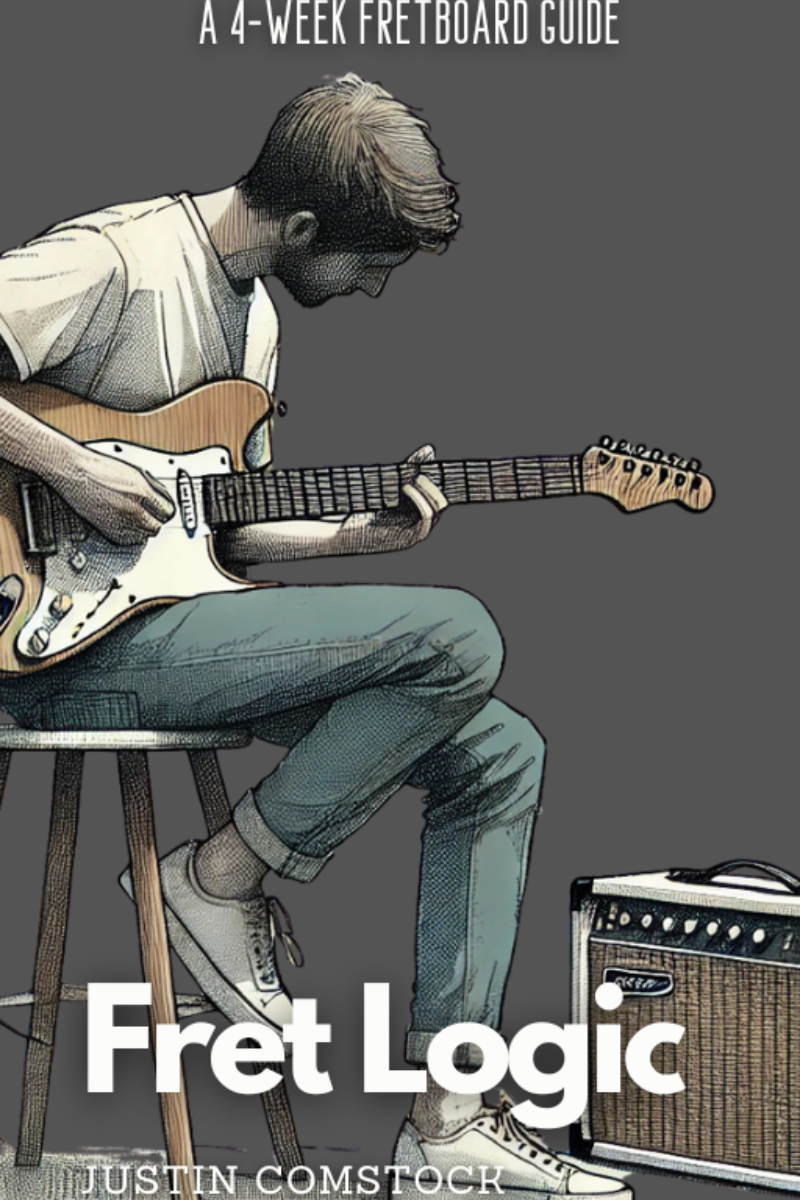
Join Guitar Freaks Hangout on Discord! 🎸
Get Fret Logic FREE!
Join the Guitar Freaks Hangout Discord and get exclusive access to my entire e-book, Fret Logic! Master the fretboard and elevate your solos with this comprehensive guide.
👉 Don’t miss out—join now and download your free copy!
✅ Recap: The 7 Major Guitar Chords
Let’s lock this in:
| Chord | Use Case | Tip |
|---|---|---|
| C | Pop, ballads, open keys | Learn in I–V–vi–IV progressions |
| D | Acoustic, folk, jangly rhythms | Pair with G and A |
| E | Blues, rock, big open tone | Root of 12-bar blues |
| F | Barre intro, pop songs | First movable shape |
| G | Folk, singer-songwriter styles | Classic strumming vibe |
| A | Funk, rock, modal jams | Rhythm machine |
| B | Barre strength, pop & rock keys | Connects to E Major key |
✨ Final Word: Major Chords, Major Power
You don’t need a chart with 100 chords.
You don’t need to learn jazz theory to start making music.
You need 7 major guitar chords that you can actually use.
- To write.
- To jam.
- To connect chords with scales.
- To build riffs.
- To hear progress.
And with FretDeck and the Guitar Freaks Discord, you’ll have the tools and the tribe to get there.
👉 Grab your FretDeck
👉 Join Guitar Freaks Hangout
👉 Play your first progression tonight
You’ve got this. 🎸
Need a visual chord reference? Visit Fender’s Illustrated Guide to Guitar Chords for clear diagrams and variations.
If you’re learning the 7 major guitar chords, a great next step is applying them in a real key. Start with the most common one: Guitar Chords in the Key of C. You’ll see how C, F, and G chords work together in progressions—and how to expand from there.
